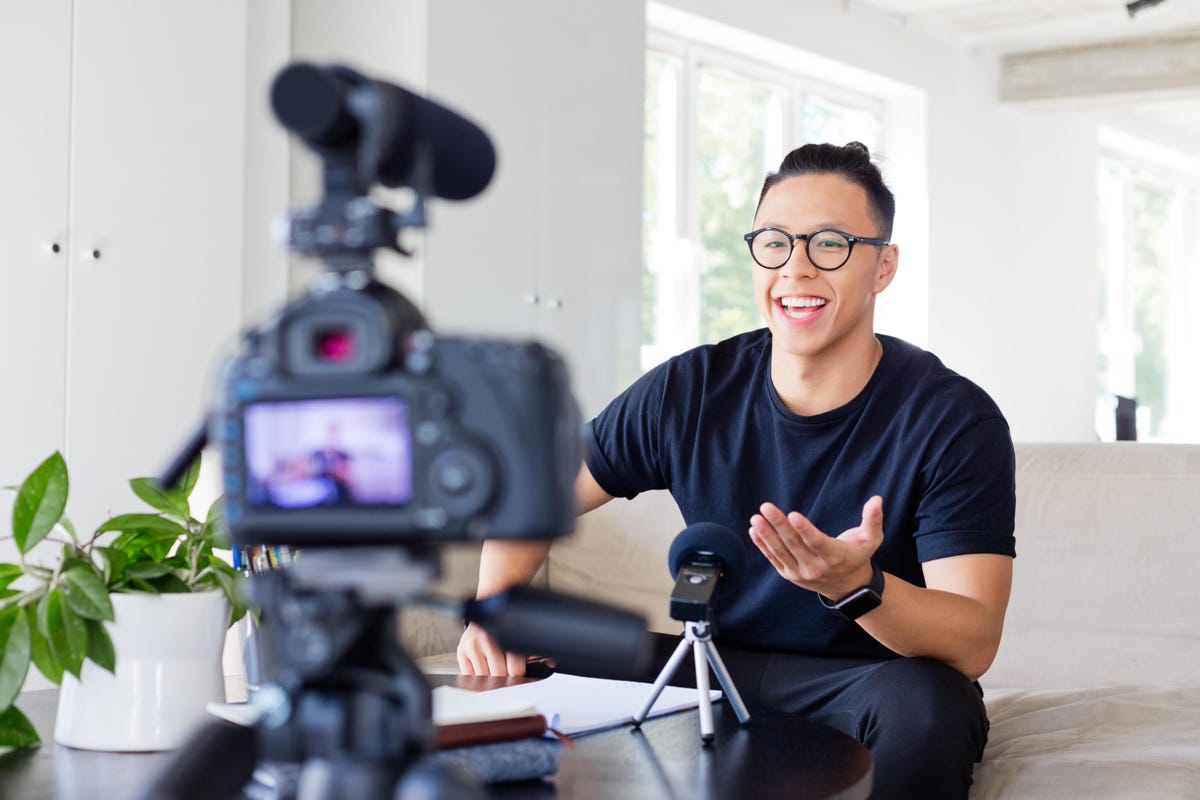Influencer marketing has always been a powerful way to grow and engage with audiences in recent years, but when Covid-19 struck in 2020, putting the entire world on lockdown, social media became the primary method of communication for both brands and consumers to target potential customers and make informed purchasing decisions.
As a result, while others were suffering as a result of the uncertainties, influencer marketing thrived. Influencers reaped the benefits of increased interaction and a rise in the number of their followers.
An influencer’s following is so large that they can run a wide-scale campaign. Selena Gomez, for example, is a well-known singer. When she recommends a product or service to her audience, they are eager to purchase it.
Influencer marketing has a tremendous impact on the success of firms in this way. The expanding trend of online buying and reliance on influencers providing product recommendations is projected to have permanently affected customers’ purchase behaviour, both now and in the near future, as we observed a 72% increase in ad content from influencers.
So, what has this transition meant, and why has it occurred?
Diversification and adaptation
Many firms had to put ads on hold in 2020, and in other cases, had to cancel them completely. Marketers had to entirely rethink how to contact consumers after brick-and-mortar stores closed and physical events were cancelled. To cut through the noise and influence consumers, brands realized they’d have to use internet media in smart and strategic ways. This prompted people to seek out creators, due in great part to their ability to adapt to new and unusual circumstances.
Diversifying their material, such as focusing on activities in the house, and establishing oneself on new channels like TikTok, which has experienced a 45% rise in influencers in 2021 alone, helped creators keep and grow their followings.
Marketers took notice quickly and increased their investment in creators. To reach new audiences, they took advantage of the diversification of influencer content and channels.
Throughout the pandemic, brand investment in creators has been a crucial driver in driving digital purchasing decisions.
Creating genuine connections
Over the last year, businesses have had to forge true ties without face-to-face engagement.
When connecting with customers, authenticity and a human touch have become even more important. Influencers that have amassed significant social followings as a result of their personalities are in the best position to do so. Marketers have realized how crucial they are in bringing campaigns to life. Given the general transition toward digital retail, these producers have the potential to become virtual shops for retailers, in addition to deepening brand resonance and authenticity.
And as more brand marketers see the importance of genuine product recommendations in strengthening trust and developing authenticity, and high streets continue to struggle, this trend will only increase.
Strategic collaborations that are “always-on”
According to Influencer Marketing Hub, 56% of marketers are now engaging in long-term relationships with trusted and influential producers, indicating how perceptions of their impact have shifted since the outbreak. Missguided is a leading fashion brand that has successfully implemented a “always-on” influencer strategy. We’ve been lucky enough to accompany them on this journey, providing a 16.5% month-on-month growth in sales since the outbreak began, nearly doubling revenues in 2020. While more companies are seeing the value of strategic “always-on” influencer marketing, there is still a long way to go. While campaign activity can still produce great results, it’s critical to involve influencers in the planning process early on so that the material they create is well linked with the company’s goals and strategy.




